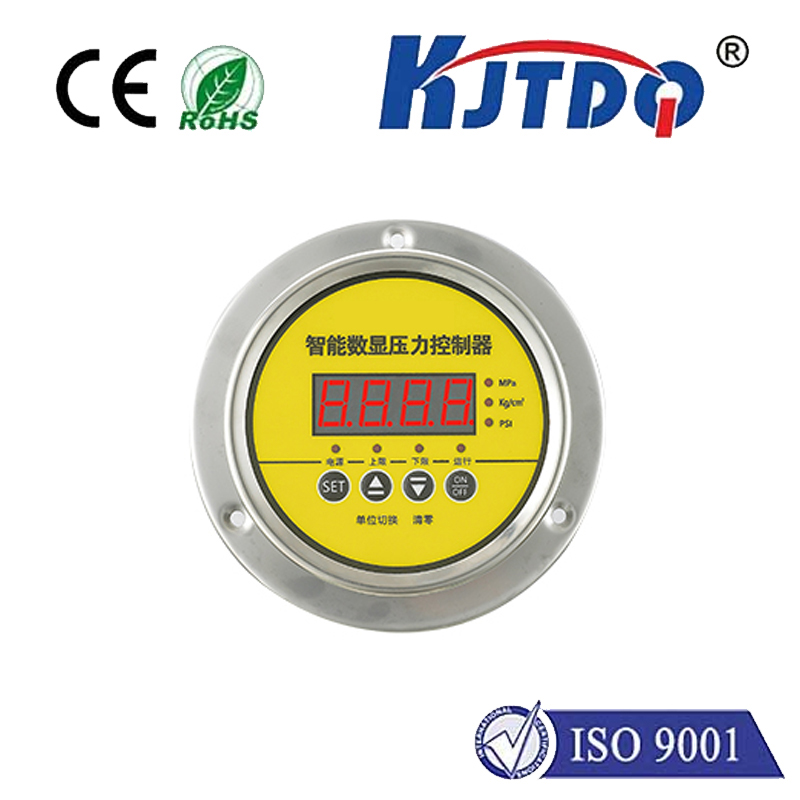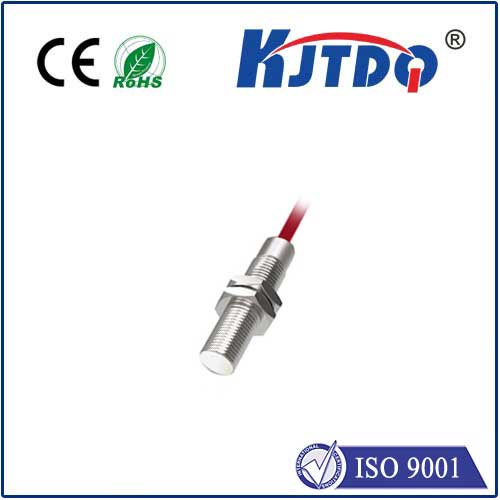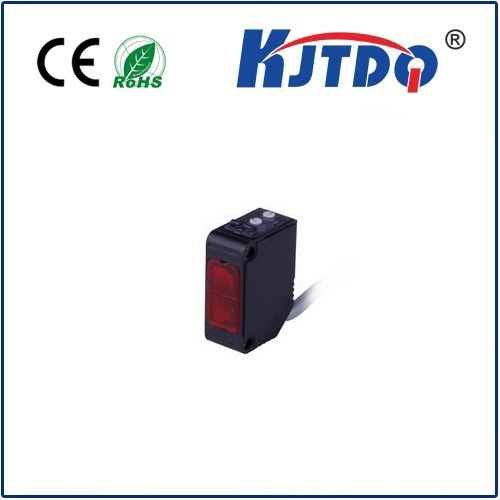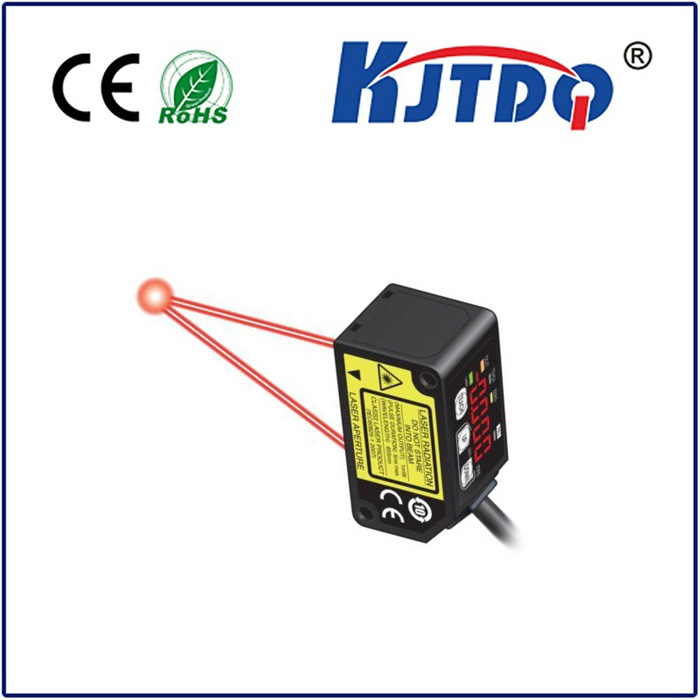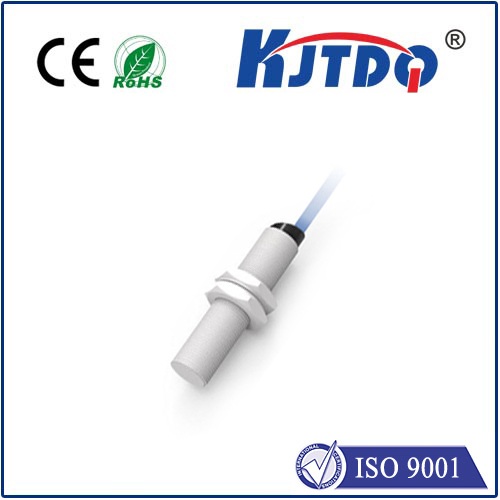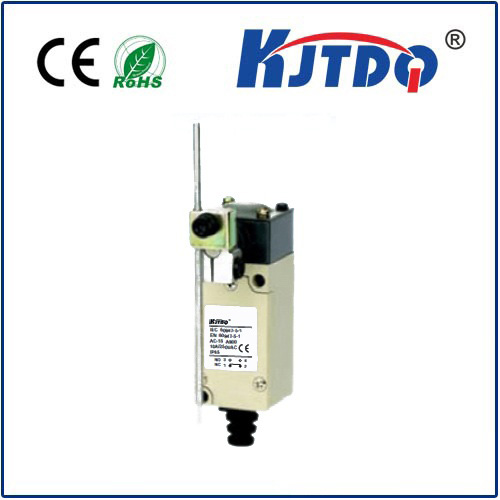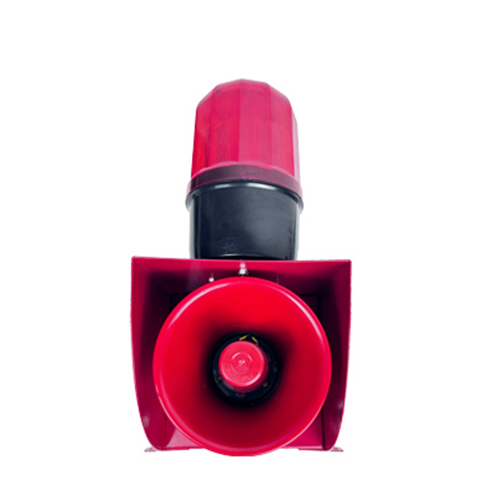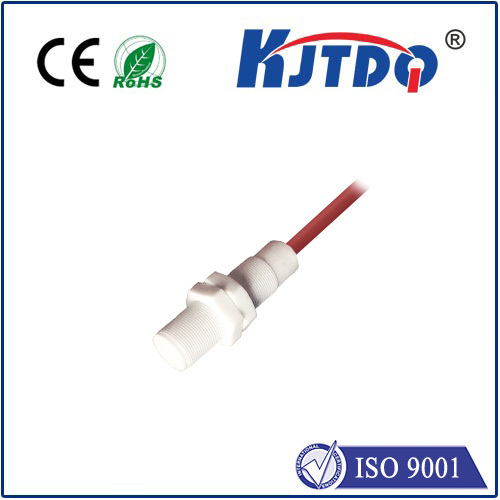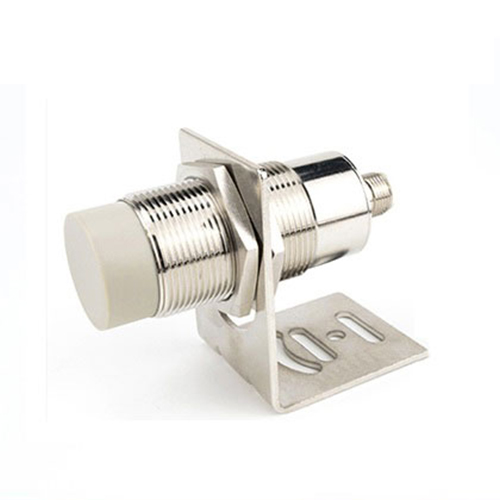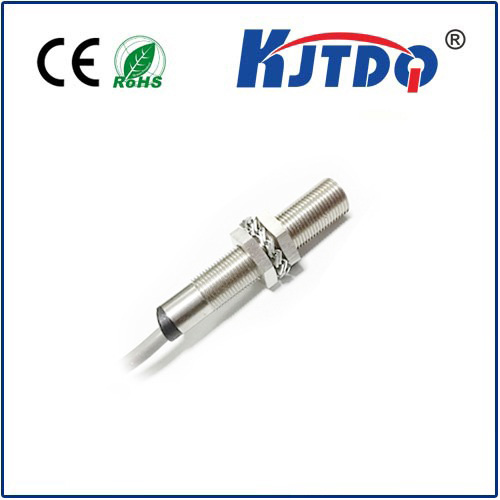BES0163 high pressure proximity sensor
- time:2025-10-16 11:00:55
- Нажмите:0
BES0163 High Pressure Proximity Sensor: Precision Detection in Demanding Environments
Operating machinery and processes where fluids surge under immense pressure demands unparalleled reliability. One critical component failure – say, a sensor succumbing to internal pressure – can cascade into catastrophic downtime, safety hazards, and costly repairs. This is where specialized sensors like the BES0163 High Pressure Proximity Sensor step into the spotlight, engineered to thrive where standard sensors simply cannot. Designed for precision and unwavering durability, this sensor provides critical non-contact detection in applications where hundreds of bars of pressure are the norm, not the exception.
Understanding the Core Technology: Inductive Sensing Under Pressure
At its heart, the BES0163 employs robust inductive proximity sensing technology. This fundamental principle relies on generating an electromagnetic field from the sensor’s face. When a metallic target enters this field, it induces eddy currents within the target. The sensor detects this disturbance in the field, triggering its output switch. This non-contact operation offers significant advantages: no physical wear on the sensor or target, high switching frequencies, and immunity to dirt, oil, and many contaminants – crucial in harsh industrial settings.
Conquering the Pressure Challenge: What Sets the BES0163 Apart?
Standard inductive sensors aren’t inherently designed to resist significant internal pressure differentials. When installed in high-pressure vessels, hydraulic lines, or pressurized manifolds, the immense force acting on the sensor housing can cause several failure modes:

- Seal Failure: Compromised seals allow pressurized media (oil, water, chemicals) to infiltrate the sensor housing.
- Housing Deformation: Excessive pressure can warp or crack the sensor body.
- Internal Component Damage: Pressure spikes can damage sensitive internal electronics or coil structures.
The BES0163 High Pressure Proximity Sensor is specifically engineered to overcome these challenges:
- Robust Pressure Vessel Design: Its construction features heavily reinforced housing materials and geometries optimized to withstand internal pressures, often rated for 300 bar (4350 psi) or even higher, depending on the specific variant. This robust build prevents deformation and maintains structural integrity.
- High-Pressure Sealing: Advanced sealing technologies, often involving specialized O-rings and sealing methodologies, are employed at critical joints (like the sensing face and cable entry) to create an impermeable barrier against fluid ingress under extreme pressure cycling.
- Pressure-Resistant Internal Structure: Internal components and the sensing coil assembly are designed and secured to resist the compressive and tensile stresses induced by high pressure, ensuring consistent performance and longevity.
- Environmental Resilience: Beyond pressure, these sensors typically boast excellent environmental protection ratings (IP67/IP68/IP69K), making them resistant to dust, water jets, high-pressure washdowns, and common industrial chemicals. Антивиброустойчивость is also a key characteristic for stable operation in dynamic machinery.
Where the BES0163 Proves Indispensable: Key Applications
The unique capabilities of the датчик приближения высокого давления make it the go-to choice for demanding detection tasks across various heavy industries:
- Hydraulic Systems: Monitoring piston position within high-pressure hydraulic cylinders, detecting valve spool positions, confirming clamp or mold closure in injection molding machines, and verifying tool positions on heavy presses – all critical functions where pressure withstand is paramount.
- Oil & Gas Exploration and Production: Downhole tools, Christmas tree valves, manifold monitoring, and pipeline pressure testing equipment require sensors that can withstand the extreme pressures encountered subsea or deep underground.
- High-Pressure Test Benches: Verifying component position or presence during rigorous pressure testing of valves, pumps, pipes, and pressure vessels.
- Die Casting Machines: Position sensing of platens, ejector pins, and core pulls within machines operating under high clamp tonnage and injection pressures.
- Chemical & Petrochemical Processing: Monitoring valve positions and component status within high-pressure reactors, pipelines, and processing units handling aggressive media.
- Water Jet Cutting: Detecting nozzle position or valve status within ultra-high-pressure water jet cutting systems.
Unlocking Operational Advantages: Why Specify the BES0163?
Choosing a sensor purpose-built for high-pressure environments delivers tangible benefits:
- Enhanced Reliability & Uptime: The key advantage. Significantly reduces the risk of premature sensor failure caused by pressure-induced leaks or damage, minimizing costly unplanned downtime and maintenance interventions.
- Safety Assurance: Provides reliable position feedback in critical safety functions within high-pressure systems, contributing to overall operational safety.
- Reduced Lifecycle Costs: While potentially a higher initial investment compared to standard sensors, the extended service life and reduced replacement frequency lead to lower total cost of ownership.
- Simplified Installation & Maintenance: Robust IP68/IP69K rated designs allow installation directly in the pressure zone without needing complex secondary enclosures or pressure barriers, simplifying mounting and reducing points of failure. The inherent zero moving parts nature of inductive sensors further minimizes maintenance needs.
- Consistent Performance: Engineered to maintain stable sensing distances and switching characteristics even under fluctuating pressure conditions, ensuring process control accuracy.
Implementing the BES0163 Sensor Effectively
For optimal performance of this high pressure inductive sensor, consider these points:
- Mounting: Ensure the sensor face is flush-mounted or recess-mounted as recommended for pressure resistance. Follow manufacturer torque specifications precisely to avoid compromising seals. Pay close attention to the pressure direction marking.
- Target Material: Standard ferrous (steel, iron) targets offer the best sensing distance. Non-ferrous metals like aluminum or brass require a significantly reduced sensing range; consult datasheets.
- Cable Handling: Use appropriate cable glands and routing to prevent strain, kinking, or abrasion, especially where the cable exits the pressurized zone.
- Electrical Specifications: Verify compatibility with your control system’s voltage, current, and output type requirements (e.g., PNP/NPN, NO/NC). Ensure adequate protection for the cable run if routed near interference sources.
Выводы
The BES0163 High Pressure Proximity Sensor represents a critical specialization within sensor technology. It solves a fundamental challenge: providing reliable, non-contact position feedback directly within the intense pressure zones of industrial equipment. Its robust pressure vessel design, advanced sealing, and proven inductive sensing principle deliver the durability and reliability essential for maximizing uptime, ensuring safety, and optimizing performance in hydraulic systems, oil & gas applications, die casting, and countless other demanding environments. When pressure is a constant factor, specifying a sensor like the BES0163 isn’t just an option; it’s a requirement for robust and efficient operation.

